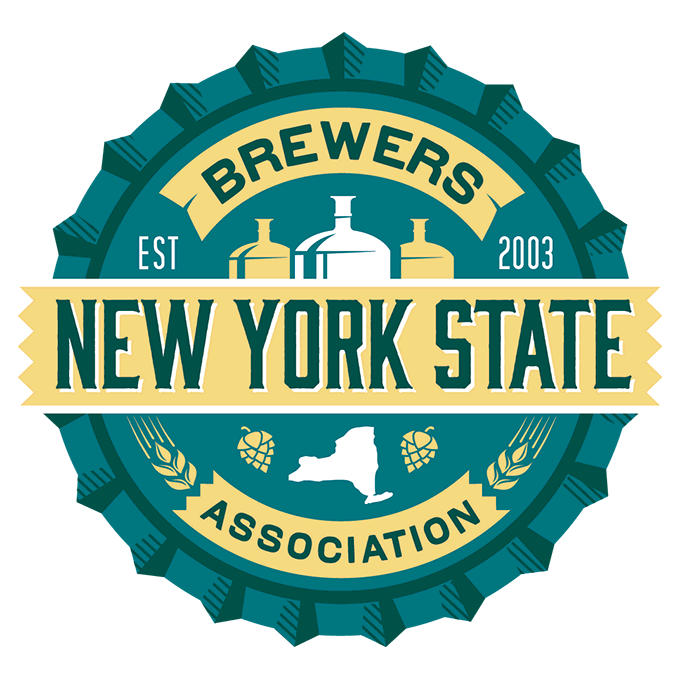
Going green, being eco-friendly and saving the planet might not spring to your mind first when you start to think about a new building or expanding your current operations. To those unfamiliar with sustainable building, it might sound like a fancy way to spend more money. But in reality, sustainable building works with the environment to lower costs both during the building process as well as day-to-day operational costs.
In designing Nedloh Brewing Company, we took advantage of natural resources and the beauty of the area, while preventing future problems. Highlights of the sustainable design include:
Building Orientation
The Nedloh building is oriented so that a wall of windows faces north. This allows daylight to enter the brewery from sunup to sundown, without raising the temperature in the building with direct heat from the sun. It also allows for a spectacular view overlooking the Bristol Hills. Walking up the hill where Nedloh now sits, the view of the hills would slowly open up the higher you climbed. Taking this into consideration, we raised the floor level in the tasting room to give the best view possible.
Sunlight
A roof overhang on the south side of the building is another heat-reducing feature. It blocks direct sunlight in the summer, reducing cooling costs. That same roof overhang was designed so that the sun can provide heat in the winter when the sun comes in at a lower angle.
Thermal Cooling
Nedloh’s beer coolers each hold up to 5,000 gallons of beer and need to be kept cold. By installing the coolers below the ground, they are protected from outside heat, costing less to keep the beer cold.
Water Management & Conservation
A stone parking lot allows rain water to flow directly into the ground and a rain garden collects run-off waters for decorative plants. On-site ponds also collect rain water and a green septic system reduces strain on the municipal system.
Building Materials
Carefully selected building materials also work for sustainability and energy savings. For Nedloh, high-performance insulation reduces energy use in winter and summer. A high-tech rainscreen system is part of the wall construction. It involves a moisture-resistant barrier underneath the siding, with a gap in between. Any water that manages to get through the siding is trapped by the barrier and either drains out or evaporates away.
Building sustainably offers many advantages to craft beverage makers and their brand. By not rushing through the design and planning processes, their facility becomes more than just a place to craft, it becomes an ultimate reflection of their brand.